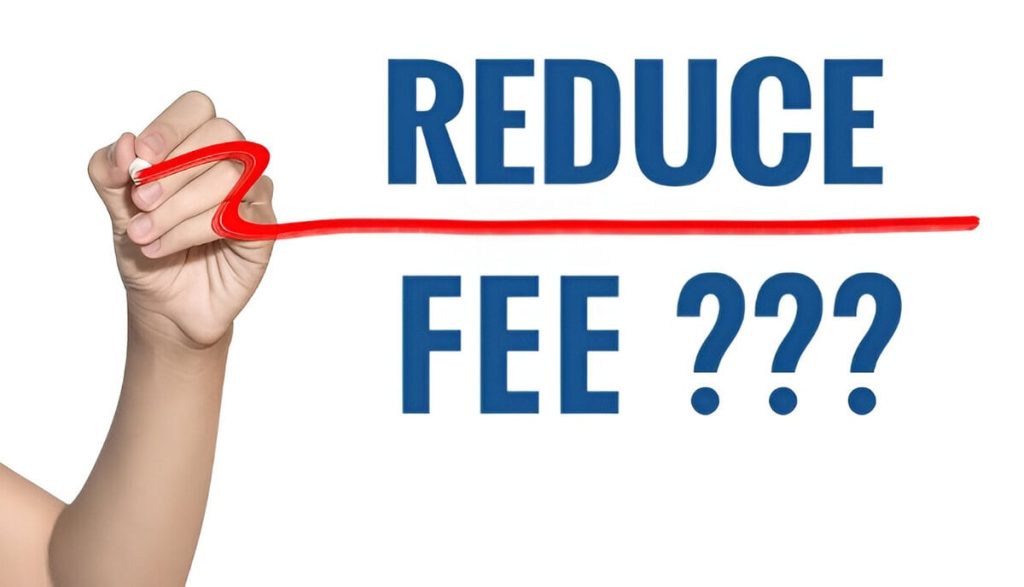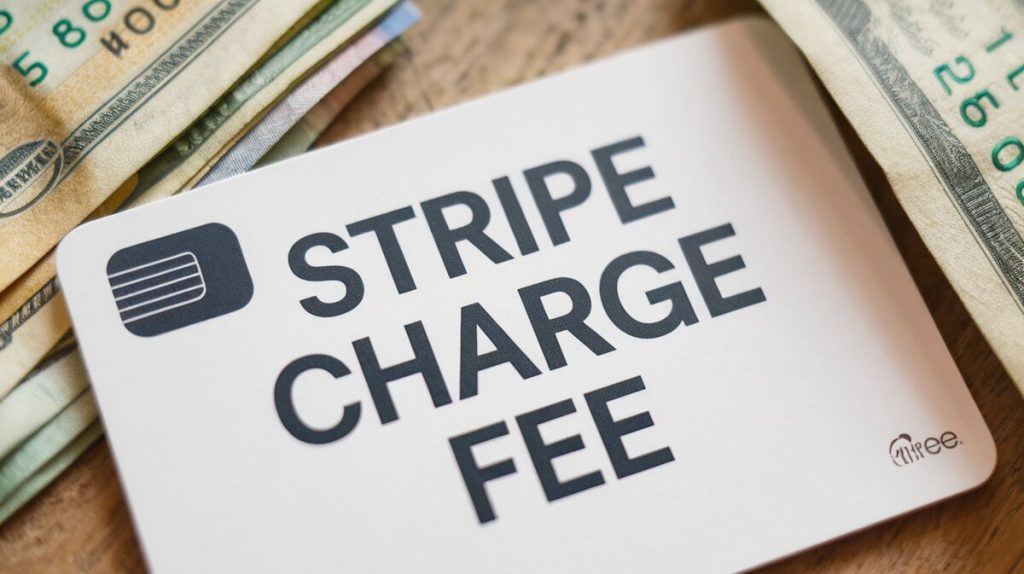Stripe is a top payment processor for online and in-person transactions, widely used by businesses globally. Understanding Stripe’s fee structure is essential for managing costs effectively. This article breaks down Stripe’s fees, additional costs, and ways to optimize your payment strategy.
What is Stripe?
Stripe is a payment processing platform used by businesses to accept payments via credit cards, debit cards, and digital wallets. Established in 2010, it supports a wide range of payment methods and is known for its ease of integration.
Standard Stripe Fees
Stripe’s standard fee structure is simple but varies slightly based on the type of transaction.
1. Online Transactions
Stripe charges 2.9% + $0.30 per successful credit card transaction for online payments. This fee applies to all major credit cards, including Visa, MasterCard, American Express, and Discover.
2. In-Person Transactions
For in-person payments via Stripe Terminal, the fee is 2.7% + $0.05 per transaction. This lower rate benefits businesses with a physical presence handling card-present transactions.
3. International Cards and Currency Conversion
For international payments, Stripe charges an additional 1.5% fee on top of the standard rate. If currency conversion is involved, there’s an extra 1% fee.
Table 1: Standard Stripe Fees
| Transaction Type | Fee Structure |
|---|---|
| Online Transactions | 2.9% + $0.30 per transaction |
| In-Person Transactions | 2.7% + $0.05 per transaction |
| International Card Payments | Additional 1.5% fee |
| Currency Conversion | Additional 1% fee |

Additional Fees
Stripe’s standard fees cover most transactions, but additional fees apply for certain features and services.
1. Chargebacks
Stripe charges a $15 fee per chargeback. Adding chargeback protection costs 0.4% per transaction.
2. Refunds
Refunds do not incur an extra fee, but Stripe retains the original transaction fee.
3. Stripe Radar
Stripe Radar, an advanced fraud detection tool, is free for accounts with standard pricing. More advanced features cost $0.05 per screened transaction.
4. Subscription Billing
Stripe offers subscription billing at 0.5% on recurring charges under the Starter plan and 0.8% under the Scale plan, which includes additional features like revenue recognition.
Table 2: Additional Stripe Fees
| Feature | Fee Structure |
|---|---|
| Chargeback Fee | $15 per chargeback |
| Chargeback Protection | 0.4% per transaction |
| Refunds | No extra fee (original fee retained) |
| Stripe Radar | $0.05 per screened transaction |
| Subscription Billing | 0.5% (Starter) / 0.8% (Scale) per recurring charge |
How Fees are Calculated and Deducted
Stripe deducts fees from each transaction before depositing the net amount into your account. This means you receive payments with fees already subtracted.
Payout Schedule
Funds are typically transferred to your bank account every two business days. However, businesses in high-risk industries may face longer payout schedules, up to 14 days.
Monitoring Fees
You can track fees and payouts through the Stripe Dashboard, which provides detailed reports.

Reducing Stripe Fees
While Stripe’s fees are straightforward, there are ways to reduce costs.
1. Negotiating Lower Rates
High-volume businesses can negotiate lower rates with Stripe, which can significantly reduce costs.
2. Using Alternative Payment Methods
Encourage customers to use alternative payment methods, like ACH Direct Debit, which costs 0.8% per transaction, capped at $5.
3. Bundling Transactions
For businesses dealing with microtransactions, bundling multiple transactions into a larger one can reduce overall fees.
Table 3: Strategies to Reduce Stripe Fees
| Strategy | Description |
|---|---|
| Negotiating Lower Rates | Possible for high transaction volumes |
| Using Alternative Payment Methods | ACH Direct Debit at 0.8% per transaction, capped at $5 |
| Bundling Transactions | Combines multiple small transactions to reduce fees |
Partnering with Merchanto.org for Chargeback Prevention
Effective chargeback management is crucial. Merchanto.org, an official partner of Visa and MasterCard, provides solutions to prevent chargebacks, protecting your revenue. Integrating their services can reduce the financial impact of disputes. Explore more at Merchanto.org.
Conclusion
Stripe’s fee structure is transparent but requires careful management to optimize costs. By understanding standard fees, additional costs, and employing strategies to reduce expenses, businesses can improve their financial efficiency.
Regularly reviewing your Stripe account and negotiating rates can lead to significant savings. Whether you’re a small startup or a large enterprise, managing these details can help maintain a healthy bottom line.
Key Points:
- Flat-rate pricing: Stripe’s fees are simple but vary by transaction type.
- Additional costs: Be aware of fees for chargebacks, refunds, and advanced features like Stripe Radar.
- Fee management: Stripe automatically deducts fees before payouts.
- Cost-saving strategies: Consider negotiating rates, using alternative payment methods, and bundling transactions.
- Chargeback prevention: Partner with Merchanto.org to manage chargebacks effectively.



